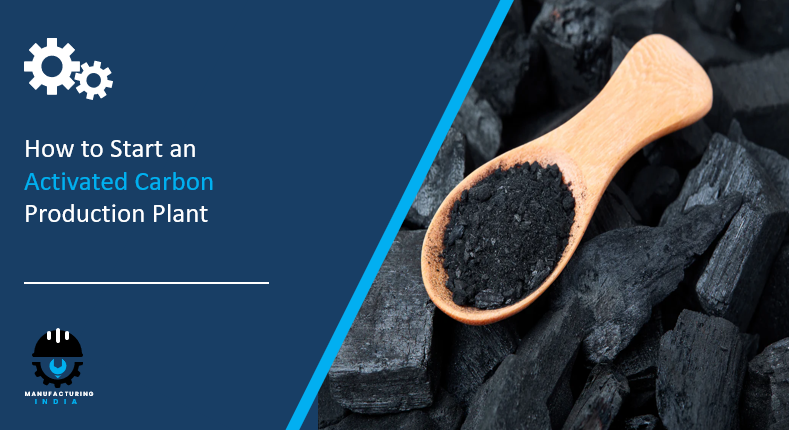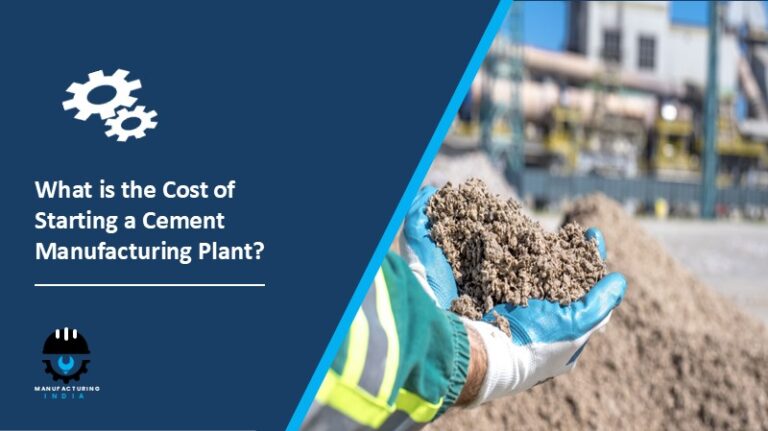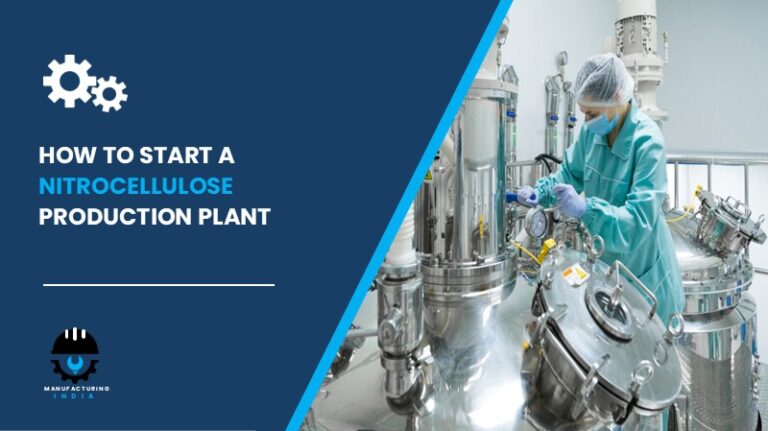
The activated carbon production industry is experiencing robust growth as environmental regulations tighten and demand increases for water purification, air filtration, industrial processing, and pollution control applications. Activated carbon, a highly porous material with exceptional adsorption properties, has become essential across water treatment facilities, pharmaceutical manufacturing, food and beverage processing, automotive emissions control, and environmental remediation. Establishing an activated carbon production plant presents a lucrative business opportunity for entrepreneurs looking to capitalize on the expanding environmental protection and industrial purification markets.
The activated carbon industry serves diverse applications including municipal water treatment, industrial wastewater purification, air pollution control, gold recovery, pharmaceutical purification, and food decolorization. From drinking water systems to industrial processes, automotive catalytic systems to medical applications, the demand for high-quality activated carbon continues rising. This comprehensive guide explores the essential cost components and considerations for establishing a successful activated carbon production facility.
Step 1: Conducting Market Research and Feasibility Study
Analyzing the Market:
Begin by thoroughly researching your target market segments including water treatment facilities, industrial manufacturers, pharmaceutical companies, food processors, mining operations, and environmental remediation contractors. The activated carbon market encompasses various product grades such as powdered activated carbon (PAC), granular activated carbon (GAC), extruded activated carbon, and impregnated specialty carbons.
Understanding regional water quality challenges, environmental regulations, and industrial processing requirements helps identify profitable market opportunities. Analyze competitor offerings, pricing strategies, product specifications, and quality differentiation approaches. Research emerging trends like coconut shell-based premium carbons, specialized impregnated products, and carbon regeneration services.
Regional factors significantly impact plant viability—facilities near abundant raw material sources benefit from lower feedstock costs and improved logistics, while locations with strong industrial clusters provide better access to diverse customer bases and technical expertise.
Evaluate different production scales from small specialty producers serving niche markets to large industrial plants supplying regional or international water treatment and industrial sectors. Consider specialization options such as focusing on specific grades, premium applications, or custom-engineered products to optimize market positioning.
Request for a Sample Report: https://www.imarcgroup.com/activated-carbon-manufacturing-plant-project-report/requestsample
Step 2: Business Plan Development
Develop a comprehensive business plan outlining your production strategy, target markets, manufacturing capacity, and financial requirements. Address quality certifications and performance testing that attract environmentally-conscious buyers, municipal utilities, and industrial partners as customers.
Business Model: Determine whether to focus on merchant production, contract manufacturing, private label supply, or integrated services including carbon regeneration and technical support capabilities.
Funding Strategy: Outline potential funding sources including bank loans, private equity, industrial partners, government environmental programs, or strategic partnerships with end-user industries. Consider phased development approaches allowing market validation before full-scale expansion.
Production Capacity: Define target manufacturing volume based on market demand, raw material availability, and competitive positioning. Consider starting with 500-2,000 tons annually before scaling to 5,000-20,000 tons for industrial-scale operations.
Marketing and Sales Strategy: Develop plans for securing long-term supply contracts, establishing relationships with water treatment distributors, industrial procurement departments, and environmental engineering firms. Consider industry certifications like NSF, AWWA, and ASTM compliance.
Risk Assessment: Identify potential challenges including raw material price volatility, energy cost fluctuations, quality consistency requirements, regulatory compliance complexity, and competition from established producers and imports.
Step 3: Navigating Legal Requirements and Obtaining Necessary Permits
Compliance with regulatory frameworks ensures smooth operations and market acceptance. Key requirements include:
Business Registration: Establish appropriate company structure complying with manufacturing regulations, environmental laws, and business requirements in your jurisdiction.
Manufacturing Licenses: Obtain industrial production licenses, factory permits, and material processing certifications from relevant authorities.
Environmental Clearances: Secure approvals for manufacturing operations, air emissions control, wastewater treatment, solid waste management, and environmental monitoring plans.
Safety Certifications: Pursue workplace safety certifications, fire safety approvals, hazardous materials handling standards, and occupational health compliance demonstrating responsible operations.
Product Quality Certifications: Obtain relevant standards certifications such as NSF/ANSI 61 for drinking water treatment, AWWA B600 standards, ASTM testing compliance, and ISO 9001 quality management demonstrating product reliability.
Step 4: Selecting an Optimal Location and Developing Infrastructure
Location selection critically impacts operational efficiency and profitability. Consider:
Raw Material Availability: Proximity to sustainable sources of carbonaceous materials such as coconut shells, coal, wood, peat, lignite, or agricultural waste ensures consistent supply and competitive costs.
Energy and Utilities: Access to reliable electricity for activation furnaces, natural gas or steam for thermal processes, and adequate water supply for cooling and washing operations.
Industrial Infrastructure: Proximity to transportation networks for raw material delivery and product distribution, waste disposal facilities, and existing industrial zones with supporting services.
Land Requirements: Sufficient space for raw material storage and preparation areas, carbonization kilns or furnaces, activation furnaces, washing and drying equipment, finished product storage and packaging, quality control laboratories, utilities infrastructure, waste management systems, and administrative buildings.
Step 5: Procuring Advanced Machinery and Technology Systems
Investing in appropriate production equipment ensures operational efficiency and product quality. Essential machinery includes:
Carbonization Systems:
- Rotary kilns or multiple hearth furnaces
- Temperature control and monitoring systems
- Off-gas collection and treatment equipment
- Indirect heating systems for uniform processing
Activation Equipment:
- Steam activation furnaces or rotary kilns
- Chemical activation reactors (for specific processes)
- Precise temperature and atmosphere control systems
- Residence time management equipment
Material Processing Systems:
- Raw material crushing and sizing equipment
- Screening and classification systems
- Grinding mills for powdered carbon production
- Pelletizing or extrusion equipment for shaped products
Washing and Purification Equipment:
- Acid washing systems for ash removal
- Water washing and rinsing equipment
- Dewatering and filtration systems
- pH control and neutralization systems
Drying and Finishing Systems:
- Rotary dryers or fluid bed dryers
- Moisture control and monitoring
- Cooling equipment
- Final screening and classification
Packaging and Storage:
- Automated bagging and packaging lines
- Bulk storage silos and hoppers
- Material handling conveyors
- Warehouse management systems
Quality Control Laboratory:
- Iodine number testing equipment
- Surface area analyzers (BET method)
- Particle size distribution analyzers
- Moisture content analyzers
- Ash content furnaces
- Density measurement equipment
Utilities and Support Systems:
- Boilers and steam generation
- Cooling water systems
- Compressed air systems
- Dust collection and air pollution control
- Wastewater treatment facilities
- Process control and automation
Raw Material and Consumable Requirements:
- Carbonaceous raw materials (coconut shells, coal, wood, etc.)
- Activation agents (steam, chemicals)
- Washing chemicals (acid, water treatment)
- Packaging materials
- Maintenance consumables
Step 6: Building a Skilled Workforce
Recruiting qualified personnel ensures operational excellence and quality. Key roles include:
Technical Leadership:
- Plant managers with carbon manufacturing expertise
- Chemical engineers specializing in activation processes
- Quality assurance managers with materials testing experience
- Process optimization specialists
Operations Team:
- Furnace operators trained in carbonization and activation
- Material handlers for raw material and product management
- Maintenance technicians for specialized equipment
- Quality control technicians for testing protocols
Support Functions:
- Environmental compliance specialists
- Sales and technical service representatives
- Supply chain and logistics coordinators
- Research and development engineers
Step 7: Implementing the Production Process
The activated carbon production process involves multiple critical stages:
Raw Material Preparation:
- Material receipt and inspection
- Contaminant removal and cleaning
- Size reduction through crushing or grinding
- Classification and screening
- Moisture content adjustment
- Storage management for consistent feed quality
Carbonization:
- Material loading into kilns or furnaces
- Controlled heating in oxygen-limited atmosphere
- Temperature management (400-600°C typically)
- Volatile matter removal and char formation
- Off-gas capture and treatment
- Product cooling and handling
- Quality monitoring of char properties
Activation Process:
- Char preparation and sizing
- Physical activation using steam at high temperatures (800-1100°C)
- Or chemical activation using phosphoric acid, zinc chloride, or potassium hydroxide
- Precise atmosphere and temperature control
- Residence time optimization
- Pore structure development monitoring
- Heat recovery and energy optimization
Washing and Purification:
- Acid washing to remove ash content
- Multiple water rinse cycles
- pH neutralization
- Quality verification of purity
- Contaminant removal
- Final washing and inspection
Drying and Sizing:
- Thermal drying to target moisture content
- Temperature-controlled drying process
- Product cooling
- Final screening and classification
- Dust removal
- Quality verification testing
Quality Control and Testing:
- Iodine number determination (micropore indicator)
- Methylene blue number (mesopore indicator)
- Surface area measurement
- Particle size distribution
- Moisture content verification
- Ash content analysis
- Bulk density measurement
- Hardness and abrasion testing
- Specialized performance tests for specific applications
Packaging and Storage:
- Product classification by grade and specification
- Automated or manual packaging operations
- Labeling with technical specifications
- Storage in controlled conditions
- Inventory management
- Distribution logistics coordination
Step 8: Establishing Marketing and Distribution Channels
Building strong market presence requires targeted approaches:
Direct Sales Channels:
- Long-term contracts with municipal water utilities
- Industrial supply agreements with manufacturers
- Mining industry relationships for gold recovery
- Pharmaceutical and food industry partnerships
- Environmental remediation project contracts
Distribution Networks:
- Industrial chemical distributors
- Water treatment equipment suppliers
- Environmental engineering firms
- Regional and national distribution partnerships
- Export opportunities for specialty grades
Marketing Strategies:
- Technical data sheets and performance documentation
- Case studies demonstrating effectiveness
- Trade show participation and industry conferences
- Technical seminars for end-users
- Digital presence with application guides
- Certification and compliance documentation
- Custom product development capabilities
- Technical support and application assistance
Step 9: Ensuring Compliance with Safety and Environmental Standards
Activated carbon production requires rigorous attention to safety and environmental protection:
Process Safety:
- Fire prevention and suppression systems
- Dust explosion prevention measures
- Hot work procedures and protocols
- Emergency response procedures
- Personal protective equipment programs
- Employee training and competency development
Environmental Management:
- Air emissions control for furnace operations
- Off-gas treatment and scrubbing systems
- Wastewater treatment and recycling
- Solid waste management and disposal
- Dust collection and workplace air quality
- Environmental monitoring and reporting
- Energy efficiency optimization
- Carbon footprint management
Quality Assurance:
- Batch traceability systems
- Statistical process control
- Product consistency monitoring
- Customer complaint management
- Continuous improvement programs
- Third-party testing and certification
Step 10: Planning for Future Expansion and Innovation
Once operations stabilize, focus on growth opportunities:
Capacity Expansion:
- Additional production lines for volume growth
- Geographic expansion to serve new markets
- Vertical integration into carbon regeneration services
- Export market development for specialty products
Innovation Development:
- Specialty impregnated carbons for specific applications
- Coconut shell and sustainable raw material sourcing
- Advanced activation techniques for enhanced performance
- Custom engineered products for unique applications
- Carbon regeneration and circular economy services
- Research partnerships with universities and research institutions
- Process automation and Industry 4.0 integration
- Sustainability and environmental performance improvements
Value-Added Services:
- Technical consulting and application engineering
- On-site carbon regeneration services
- Performance monitoring and optimization
- Training programs for end-users
- Custom product development
- Life cycle analysis and environmental reporting



